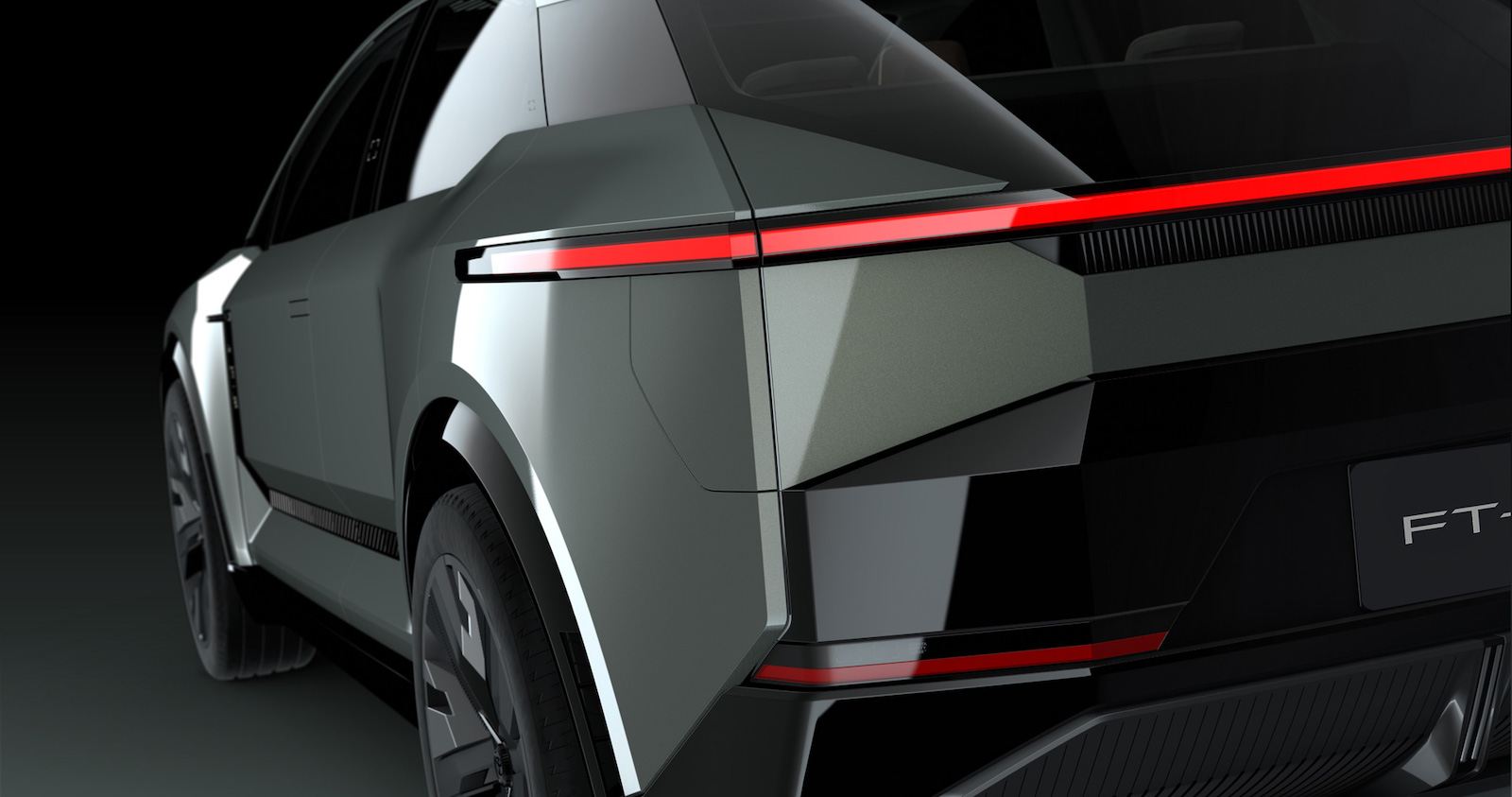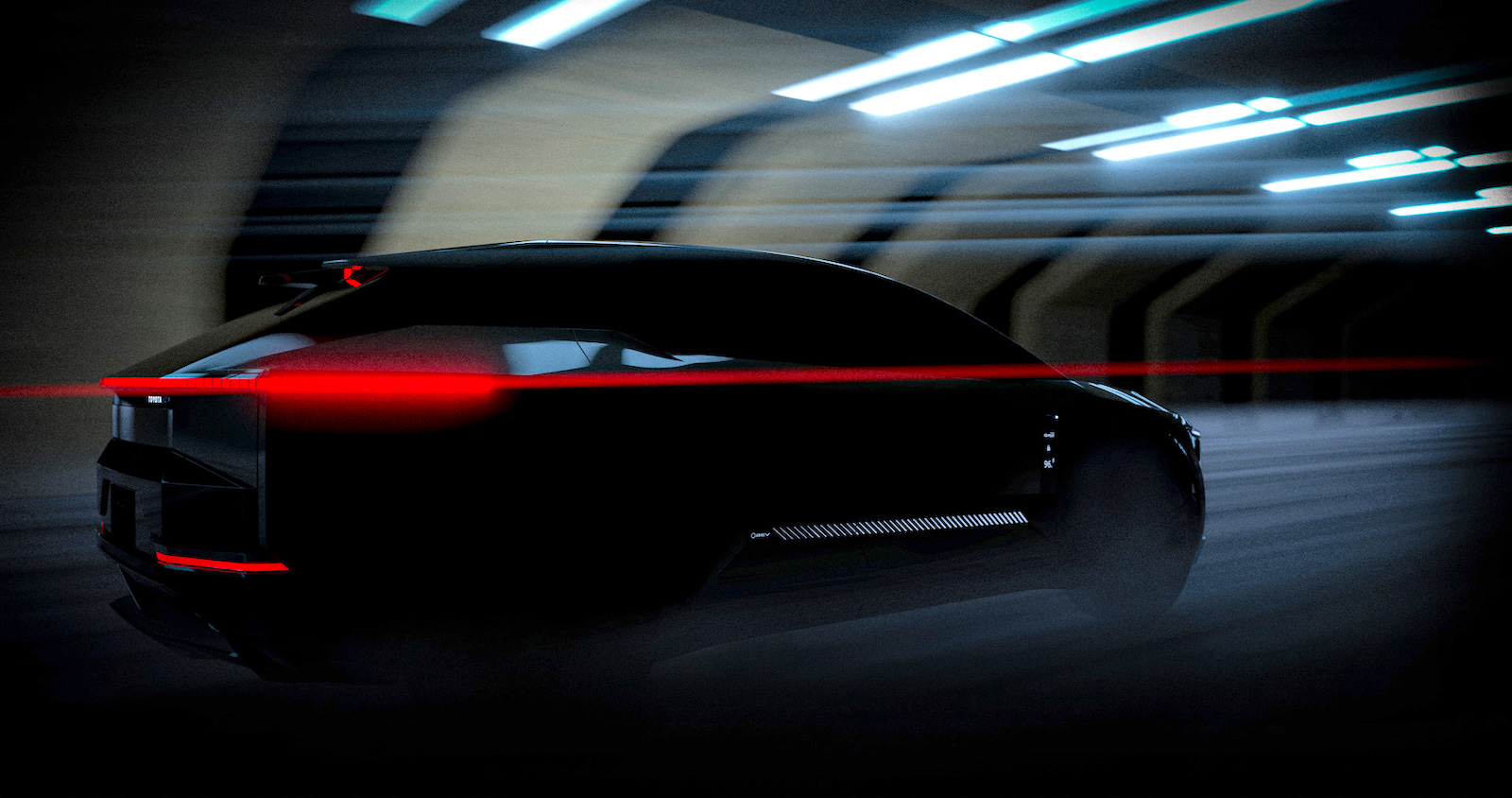Slow to enter the EV market, Toyota is making up for lost time. And it’s signaling its shift in direction at this week’s Japan Mobility Show where it will unveil two all-electric concept vehicles, including one that could become a battery-powered successor to the Toyota Supra.
There’ll be a lot coming out of the Japan Mobility Show this week, the successor to the old Tokyo Motor Show. And you can expect there’ll be plenty of eyes focused on the Toyota stand when it pulls the covers off a pair of all-electric concept vehicles.
The automaker says it plans to rapidly ramp up EV production after a slow start. These two models hint at where it’s heading.
A handful of teaser images were released today giving a hint of what to expect of the two prototypes. One, dubbed the FT-Se, is likely to strike a note of déjà vu, picking up on some of the design cues first seen with the latest Toyota Supra.
Teasing a twosome
The second show car, the FT3e, is a battery-powered crossover that, according to Toyota, will share many of its “major components” with the sports coupe.
“The SUV-type FT-3e and the sporty FT-Se demonstrate how electrification and intelligence will transform the future and offer customers new experiences,” the automaker said in a statement accompanying these images.
“Toyota believes that future mobility will go beyond providing physical transportation tools to become a lifestyle partner closely aligned with each customer’s personal values,” it added.
Toyota FT-Se
The Toyota FT-Se is the sexier of the two new concepts and clearly could become the all-electric answer to the Supra. As far back as December 2021, former CEO Akio Toyoda made it clear that a battery-powered sports car would be coming before the end of the decade.
While there are some distinct differences, the roofline and duckbill spoiler of the FT-Se clearly pick up on current Supra cues.
Significantly, one of the two creatively cropped teaser images shows the “GR,” or Gazoo Racing badge, clearly billing it as a seriously high-performance model.
“A high-performance sports BEV model proposed as one of the options for sports cars in the carbon-neutral era,” said Toyota, the FT-Se “incorporate(es) the expertise gained in Toyota Gazoo Racing’s efforts to make ever-better cars through motorsports.”
Toyota FT-3e
If the -Se reminds us of the Supra, the Toyota FT-3e seems clearly influenced by today’s Toyota Venza crossover.
It features a relatively clean and simple body design while looking a bit more futuristic than the current CUV. One of the most curious details is a digital display extending out of “the lower side of the body to the upper door section.” The display can reveal details such as the battery pack’s state-of-charge, as well as the temperature of the cabin.
Think of it as “A next generation BEV concept that will offer new driving experiences and personalized services, powered by innovative technologies,” Toyota explained in a release accompanying these images.
While Toyota didn’t use the terms vehicle-to-grid, or vehicle-to-home in its statement, it suggested the FT-3e could serve as a “transfer medium” for energy. That might suggest the ability to draw power from its battery when needed at home, a work or campsite, or even to back up a strained electrical grid.
Common ground

The Toyota FT-3e (shown here) and FT-Se share numerous “major components,” according to the automaker.
As with the current Toyota bZ4X and Lexus RZ, the two concept vehicles share the same underlying, skateboard-like platform. And, according to Toyota, the show cars have plenty of other components in common, likely including batteries and motors. That would simplify the manufacturing process and hold down production costs.
Whether the automaker plans to actually put the FT-Se and FT-3e into production isn’t clear, but they clearly hint at future models to come. They also might suggest a change in nomenclature. The automaker’s current Toyota models use bZ to stand for “beyond Zero.” The FT is shorthand for “Future Toyota,” with the “e” making it clear these are electric.
Better batteries

Toyota is looking to push up both the launch of production and the rate of adoption, seeing the technology as essential to its goal of selling 3.5 million EVs a year worldwide by 2030.
Also uncertain is the timing of any future models based on the FT-Se and FT-3e concepts. Should they roll out latter in the decade, past 2027 or 2028, they might wind up drawing power from solid-state, rather than current lithium-ion cells. That’s the timeframe laid out by the automaker which last week announced a new joint venture aimed at bringing that breakthrough technology to market.
Solid-state cells are expected to be transformative, sharply boosting range while slashing charging times – and bringing the cost of batteries down by as much as 50% compared to the best batteries available today. Toyota recently said it is working on one EV that can deliver up to 621 miles per charge, a second could top 750.
Koji Sato, who replaced Toyoda as the automaker’s CEO early this year, has also put significantly more emphasis on going electric, and the switch to solid-state batteries appears to be critical to that goal.





0 Comments